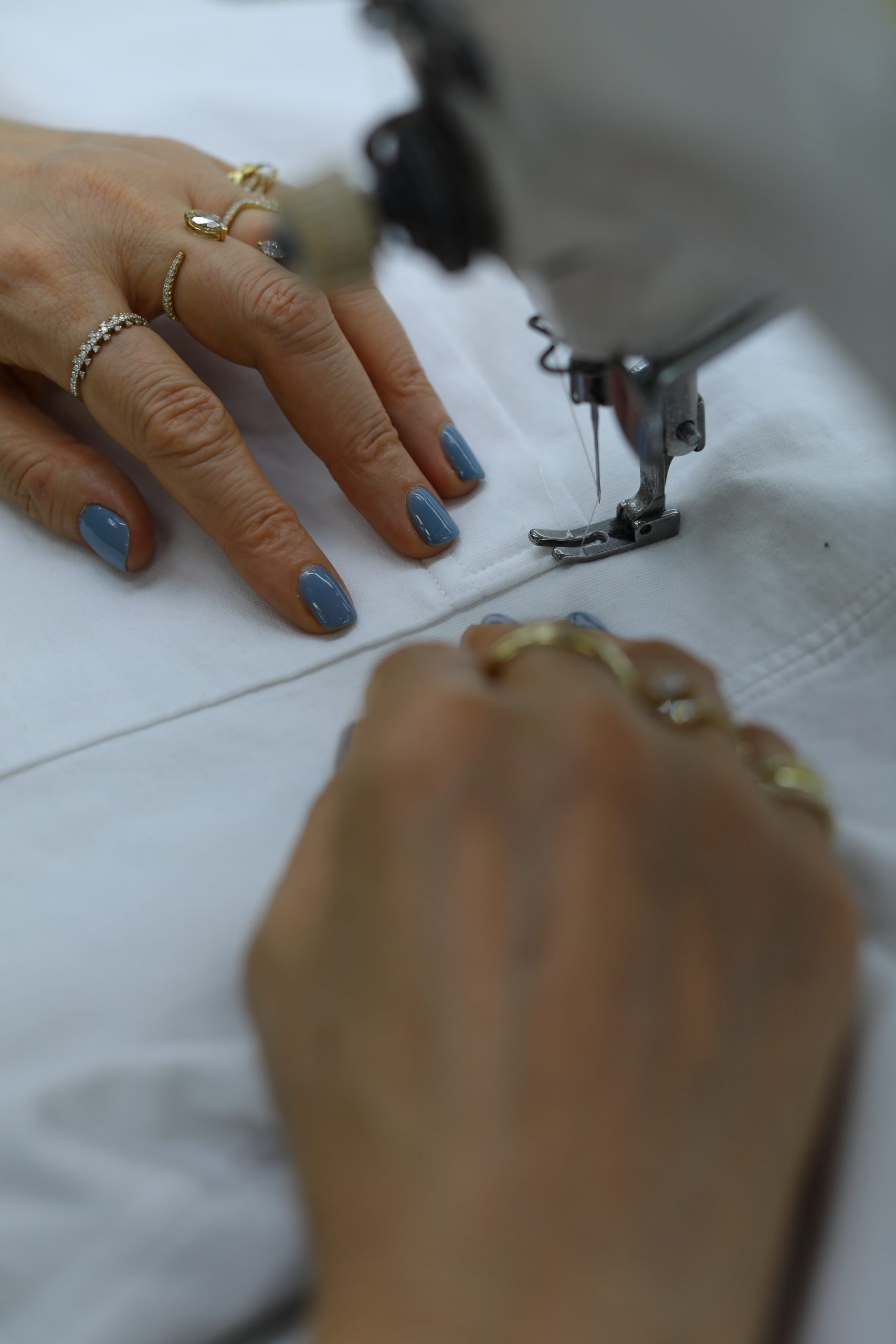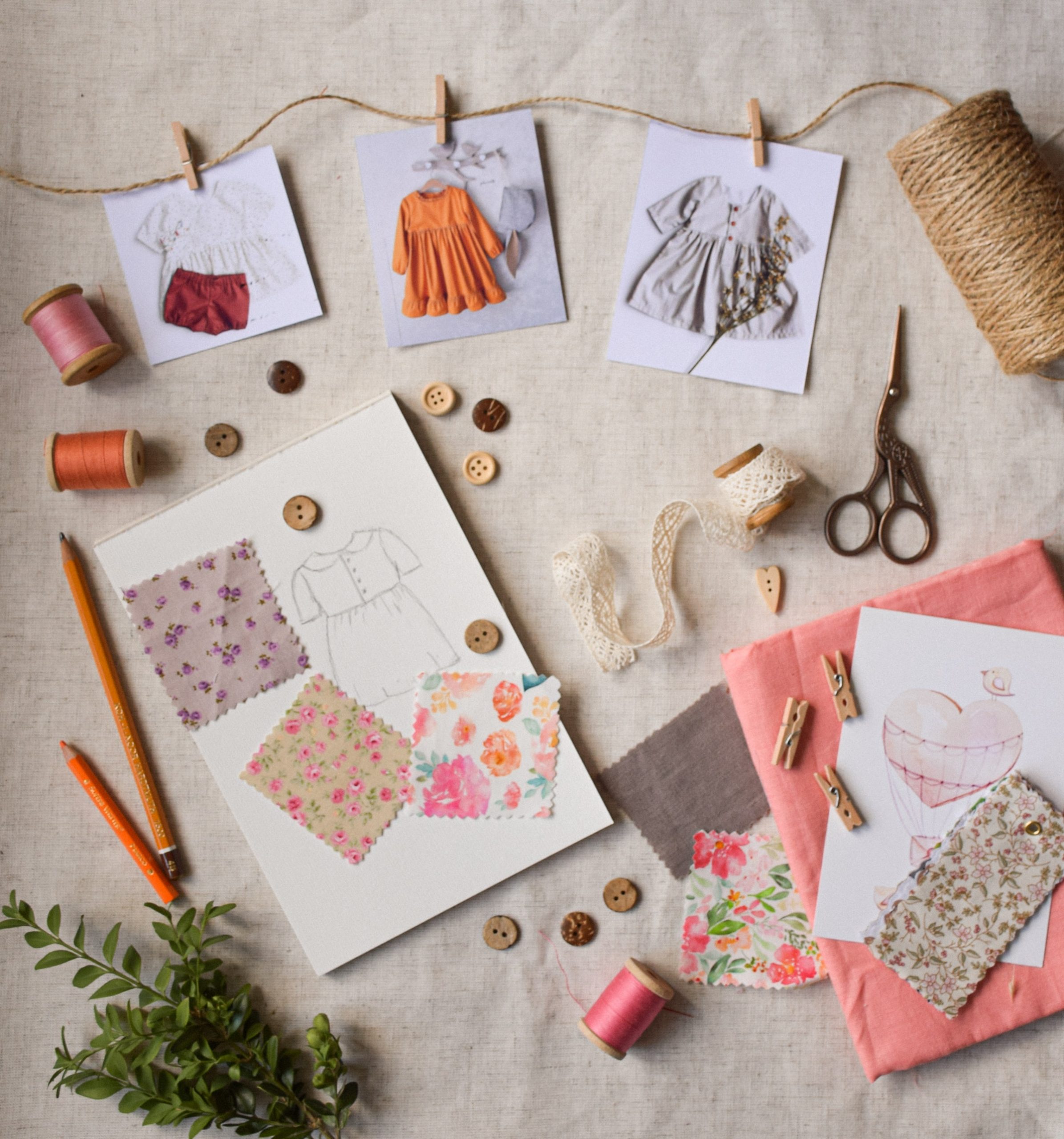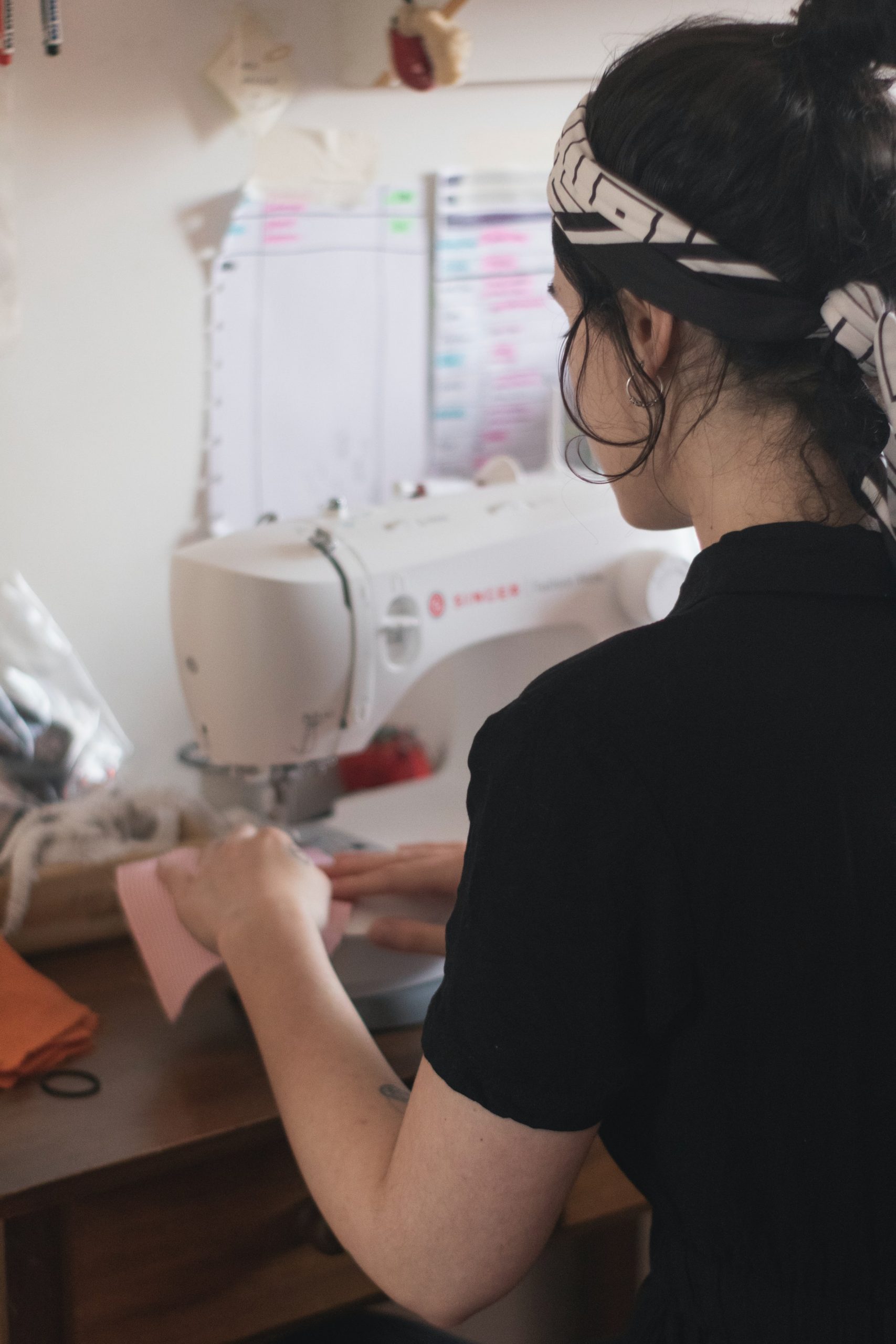
Have you always dreamed of a dress that fits you perfectly? Then why not make it yourself? It’s nice to make your dress, and it doesn’t have to be difficult. We will explain step by step how to make a dress. This way, we will ensure that the result is what you want.
Making your own dresses may seem daunting at first, but with the right instructions and materials, most people manage to sew a simple DIY dress at home. So, without further ado, let’s dive into this blog and learn how to make a dress with the help of these sewing tips and step-by-step instructions.
1. Choose a pattern for the dress.

Sewing a dress starts with using a good pattern. You can easily find/buy/download it online, but you can also design a pattern yourself. They determine the specific sizes of the dress and the individual pieces that make it up. Above all, choose a pattern that will fit your figure (or the figure of the person who will wear the dress, of course). Look in your closet for dresses whose prints/colors are vintage but still modern in terms of cut and pattern. Take it apart, and you’ll have a perfect model right away! This is a dress you probably won’t wear again.
2. take your measurements
If you have a standard (store-bought) pattern, it often comes with instructions on how to take measurements to make the dress fit well. It can be difficult to take measurements when sewing a dress yourself. Ask someone to help you take measurements. They will cut (in step 5) the fabric according to your measurements. Always use the rule of thumb and measure twice and cut only once. Once cut, there is no going back!
3. Choose the right type of fabric for your dress.

You now know what dress you will be sewing; you have a pattern and the correct sizes. But no dress without dust! Choosing the right fabric will determine the final result.
Material
Every type of fabric has some unique properties. One example is cotton which is easy to wash and very durable, polyester retains its color very well (even in the sun), silk is a very light and comfortable fabric, and polyamide is very durable and wrinkle resistant. The choice is very wide, as you can see, and you should weigh it carefully. Choose a fabric that fits the look of the dress, but also pay attention to the comfort and washing instructions.
Color and design
Look carefully at what color suits you. Not every color or pattern will suit your style. You can choose standard fabrics with a standard pattern that you like. Or you can design it yourself and have it printed on the fabric. This may sound difficult, but it’s not.
Design your own motif on the fabric.
Do you design your motif? Make sure the relationship between your motif and the dress is right. The beauty of your own pattern is that almost anything is possible. Whether it’s a pattern, a gradient, detailed drawings, or even photographic images, always buy a little more fabric than you need so you always have enough. When printing (due to shrinkage from dust), the actual size may vary slightly; ensure your fabric is thick enough so you don’t need an undergarment or two layers.
4. Cut the fabric to the desired size.
Lay the fabric on a flat surface and ensure all the folds are pulled out. You should fold your fabric in half once so that you immediately have two identical pieces for the back and front of the dress when you cut it. Are you using a fabric with a photo print? Then you have more freedom of movement with the motif, so you get a beautiful image on the back and front. If you want a dress that has sleeves, then cut them separately and sew them on later.
Make sure you always add about 2.5 inches of space to the side of the fabric when cutting the hem. This is especially important if you use your dress as a pattern because a pattern often includes this space, but your dress as a pattern does not. If you want to be sure of a symmetrical shape, fold the fabric in half lengthwise and cut out half of a pattern on the folded side. Then fold them apart, and you will get a nice symmetrical shape.
5. Start sewing

Most of the patterns you buy also contain sewing instructions. This one explains precisely how to sew the dress. Make sure the pieces (front and back) are layered and pinned together. Be very precise in this regard, especially with a pattern that needs to match up well.
Start by sewing the sides together with a zigzag stitch. Turn the dress inside out and fold it about an inch above and below the edge. Then smooth it out with an iron, and the edge stays in place to sew the hem neatly. When hemming, you can use a straight stitch because it looks better.
6. Show it off!
As you can see, it’s not hard to sew your dress if you follow the right steps. Now it’s time to wear the dress you sewed yourself proudly! Let the compliments roll in. There is nothing more beautiful than when someone asks, “Where did you get that dress?” and they see that you sewed it yourself.
Sound off in the comments section below and tell us what you want to read next and if you want to read more about making your own dress.











